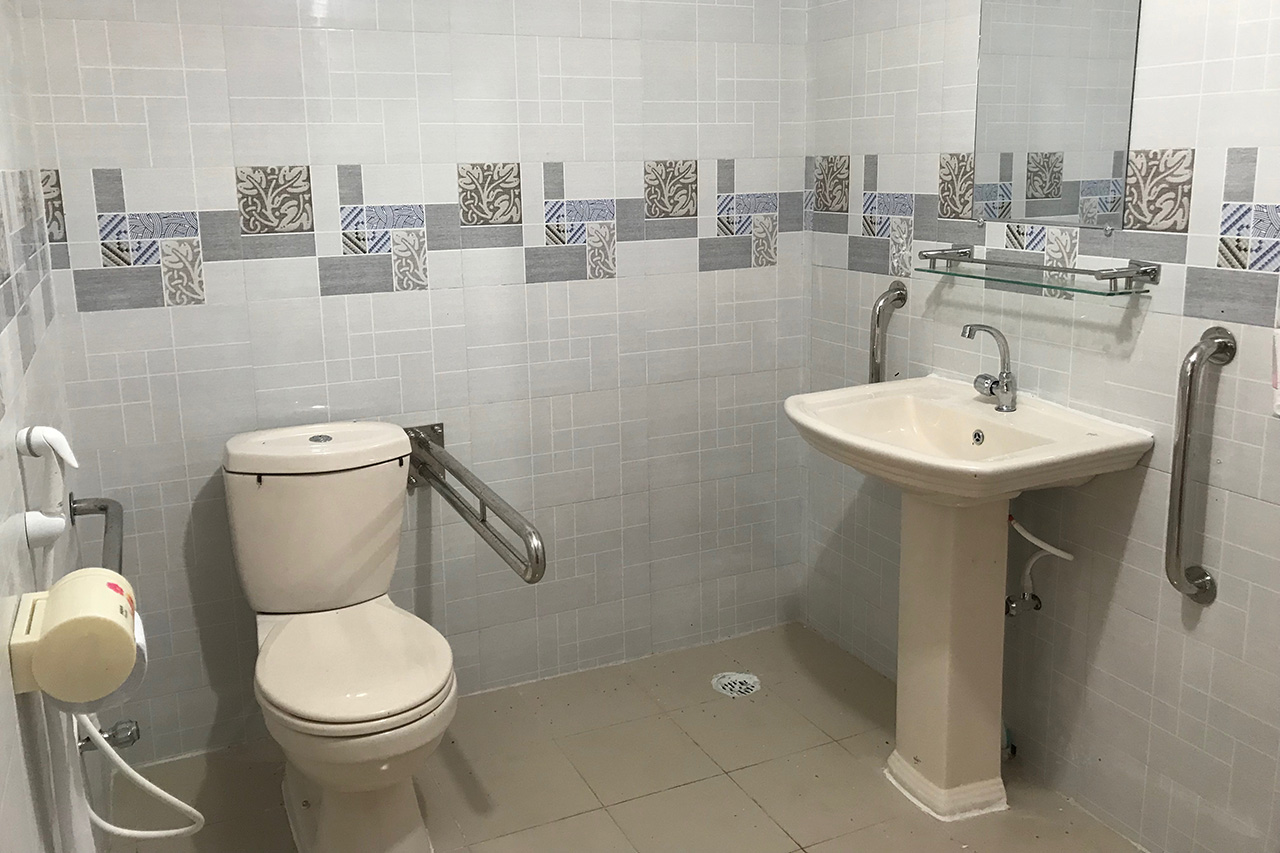When invisibility stops being a superpower
Reading Time: 2 minutes
What are your first thoughts when you hear “public toilet”? Dirty, smelly might be some of the words that come to mind. However, inaccessibility is a feature that we are less likely to think of. For people living with disability, this might be the only feature without which they cannot access something as basic as a public toilet.
Think about this: how often do we come across people with disabilities in public spheres? People with disabilities – nearly 10% of the population – are one of the most marginalised groups in Bangladesh. The lack of infrastructure limits their mobility and excludes them for participating fully.
Our public infrastructures and transport are not designed with this population in mind. Starting from our schools to buses and footbridges, people with disabilities have rarely been included in the design.
Disability inclusion is a strategic priority for BRAC. We are addressing the issue from both policy and implementation levels in collaboration with the National Human Rights Commission of Bangladesh (NHRC). Earlier this year, we reached a milestone when the Ministry of Shipping issued an official circular to make every port in Bangladesh accessible for people with disabilities. In what can be considered another breakthrough in public transport, the Bangladesh Inland Water Transport Authority (BIWTA) has very recently inaugurated two disabled-friendly toilets in the Sadarghat launch terminal, following our recommendations.
The recommendations we made to the water transport authority followed the universal practices for accessible toilets. Upon completing an audit on the facilities, the disabled-friendly toilets included most of our recommendations, from proper signage to breastfeeding centre.
So, what does an accessible toilet look like?
An accessible toilet is designed to accommodate people with reduced mobility, the elderly as well as pregnant women.

Some of the most common features of an accessible toilet are its floor space, door dimensions, height, grab rails, signage and sink position. The door can open inwards if the cubicle is large enough, but it must also be capable of opening outwards. Toilet seats are positioned higher. This is because wheelchairs tend to be higher, and it’s important that the two seats are at level to make transferring as easy as possible.
It is also necessary for the flush to be positioned on the side, away from the wall so that people can reach the flush from a seated position. Grab rails are essential to help people maintain balance either when standing or when transferring between a wheelchair and the toilet. Fold-down rails are not only secure but also easy to raise and lower when sitting down.
Sinks in accessible bathrooms are positioned as close to the toilet as possible, and they are fitted at a height that allows a wheelchair user to position their legs beneath along with the mirror that can be viewed by people who are both standing and sitting.
When it comes to toilets in accessible washrooms, the bigger the better.
Next time you step into a washroom, take a look around and see if it is an accessible one – if it is, we are one small step towards a more inclusive society.
Shahrin Ahsan is a deputy manager at BRAC Advocacy for Social Change.





